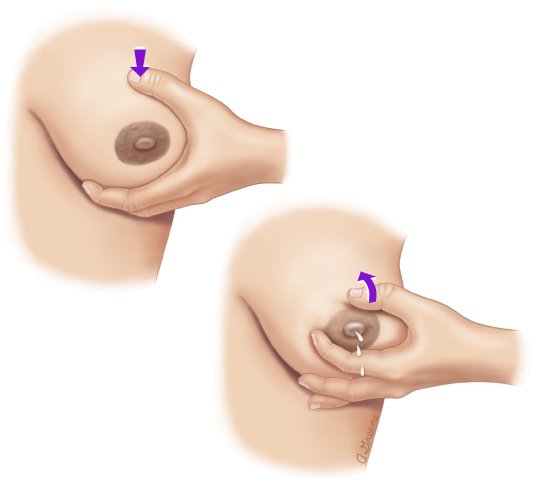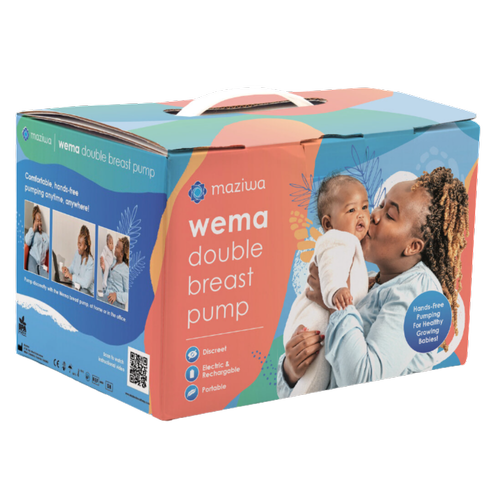Tips for Breastmilk Expression
By: Josephine Munene, Community Engagement Director & Lactation Educator
As a new mum, especially a working mum, you may be wondering how you’ll be able to exclusively breastfeed your baby for the first 6 months of life and to continue doing so once solids are introduced. Other circumstances may also keep you away from your baby during the day or for longer; for instance, when you need to leave the house to do your hair, to do some shopping or just to be able to get an extra hour of sleep at night.
Fortunately, there is a way of ensuring that breast milk remains the only source of nourishment your baby receives, and this is by expressing your breast milk.
Expressing breast milk is the act of emptying the breast without your baby suckling. It can be done using the following methods.
Hand Expression
Hand expression is the cheapest and most convenient method because it doesn’t require any special equipment and can be done anywhere so long as your hands, the collection container (cup or bottle) and your surroundings are hygienic.
Expressing by hand can however be the most difficult technique to master because it requires you to massage and squeeze the milk ducts behind the nipple rather than the nipple itself.
A common mistake mums make when hand expressing is to pull down at the breast and to compress the nipple but this hinders the flow of milk. The most effective technique is to:
Massage the breast with the palm of your hand to stimulate let down
Place your thumb and forefinger on either side of your nipple at the edge of the areola
Using your thumb and finger, gently press your breast tissue back towards your chest wall and squeeze forwards. This way you’re moving back along the milk ducts and pushing the milk forward.
Continue pressing back and squeezing in a rhythmic massaging movement but take care not to move your fingers on to the nipple otherwise you might block the flow of the milk.
As soon as the milk begins to flow simply move your hand around the breast, thus changing the position of your fingers and ensuring you empty all the ducts.
In the beginning it can be time consuming and tiring but once you master the technique, hand expression is the best way of making sure you collect the most milk.
Breast Pumps
Breast pumps are designed to mimic the suckling action of your baby thus stimulating the let-down reflex automatically.
Majority of pumps have a suction cup or flange at the top, which is placed on the breast, and attached to a container for collecting the expressed milk.
There are two primary types of breast pumps: manual and electric
Manual vs. Electric Breast Pumps
Manual breast pumps have a handle that needs to be repeatedly squeezed in order to extract the breast milk whereas electric breast pumps have motors that are mains/battery-driven and automatically run the pump.
The best pump for you will depend on:
How often you intend to express you breast milk
How much time you’ll have for expressing
If you only intend to express occasionally, for instance once or twice a day, a manual pump and hand expression are most suitable.
If however, you need to express 3-4 times a day and with a limited time period to do so, an electric breast pump is most suitable.
If you’re expressing on more occasions than you are breastfeeding, for instance, you work far from home or you have multiples or a baby who cannot latch on well, then a double electric pump is advisable.
Wema Electric Breast Pump
The Wema Double Electric Breast Pump by Maziwa is an ideal option because it is specifically designed for working mothers in developing countries, and is thereby discreet, easy to use and does not need to be connected directly to a power source when expressing because it uses a battery operated pump motor. It also has several expression modes that allow you to express the most amount of breast milk in the shortest period of time.
The Wema’s design allows for discreet pumping because the expressed milk is collected in specially designed cups, instead of bottles, which enables you to “wear” the flange and collection cups, thus avoiding the need to unbutton or remove your top while expressing. Once you’ve finished expressing, you can easily pour the expressed milk from the collection cup into a sterilised storage bottle or bag.
Key Tips
Expressing should not be painful
Take time to learn how to express your breast milk properly. As with breastfeeding, expressing is a learned skill and be prepared to seek professional help if necessary.
Expressing can be used to stimulate and increase breast milk supply by increasing the frequency with which the breast is emptied.
Aim to express or breastfeed every 3 hours in order to maintain your milk supply. The longer you leave it between emptying your breasts, the less your body will produce.
The best time to express your milk is between midnight and 4am when the level of Prolactin (the milk producing hormone) is at its highest
Use the hand expression technique at the beginning of a breast pumping session to stimulate the let-down reflex and at the end to ensure you completely empty the breast.


